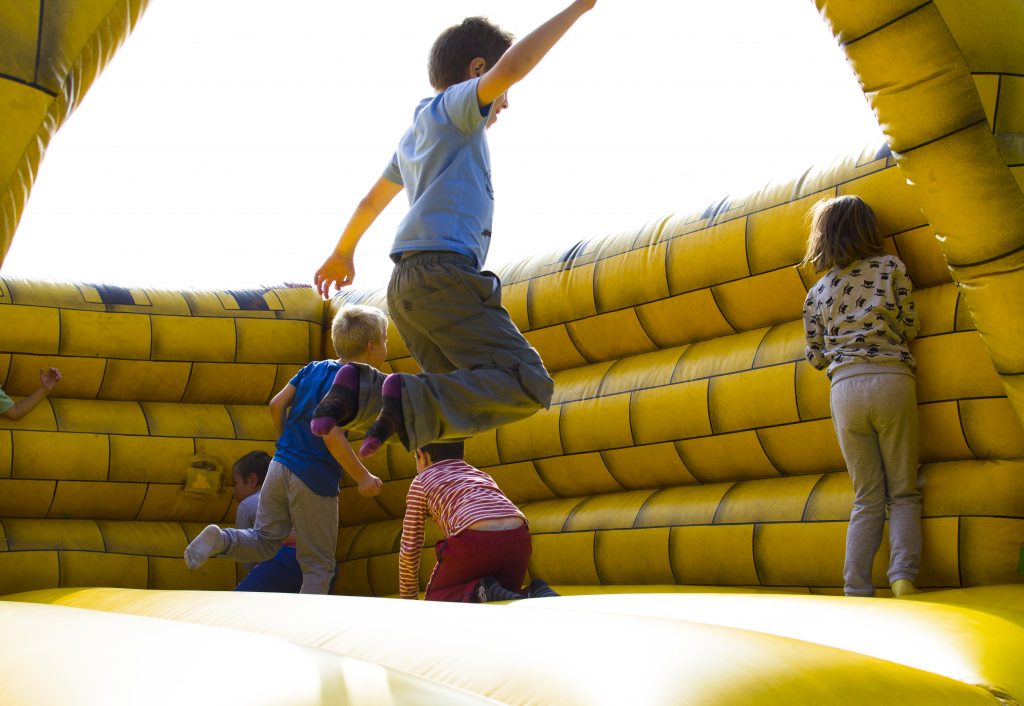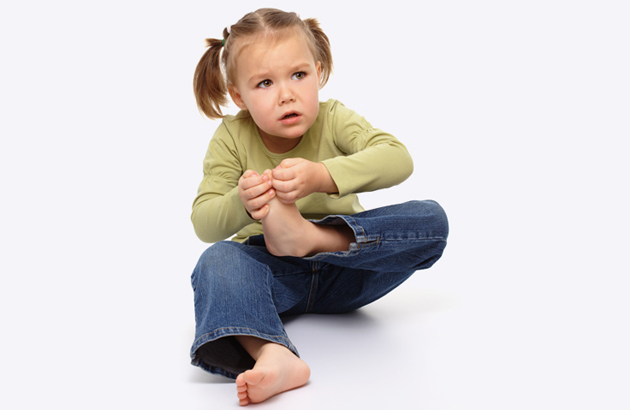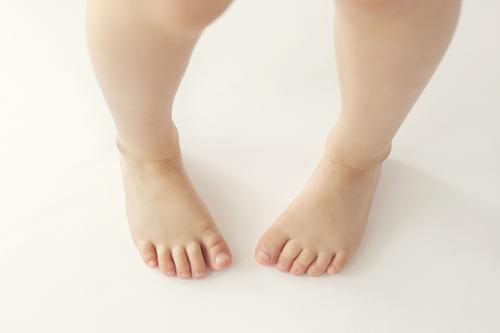Kids Podiatry

Growing up, taking off! Children’s feet start developing before birth and don’t stop growing until their early adult life. The feet and legs change greatly as kids grow – from first finding their footing, to becoming confident runners, to excelling at their chosen sports throughout school and beyond.
It can be difficult to know what’s normal throughout the years – and what could be a cause of future pains and problems. That’s where our podiatrists come in. We help look after your children’s feet and legs, so they stay healthy, happy and active as they grow, adventure, explore and play. We have been helping families for 20+ years, and use photography to monitor the changes to the feet and legs over time.
We help children with a number of problems with the feet and legs, including:
Growing Pains
Sore heels, knees or arches, especially during sport? Just when they thought the teens were hard enough, along come the growing pains! Growing pains are often caused by irritation to the growth plate of a bone. This is the softer part of the bone from where it grows. In the heel, it is often an area running parallel to the back of the foot, about 1-2cm in. Squeezing this site from both sides will elicit pain, and is an indication that the child may be suffering from growing pains in the heel, known as Sever’s disease. Other common sites are the inside of the arch and the front of the knee. Masterton Foot Clinic manage all forms of growing pains in the legs and feet.
For more information, read about growing pains in heels, knees and feet here.
Plantar Warts
What’s that lump on my child’s foot? Warts, otherwise known as verrucae, are caused by a contagious virus, the human papillomavirus (HPV). Warts are best treated early, while they are small in size and number. At Masterton Foot Clinic we use gentle methods such as liquid nitrogen application to treat the wart. For stubborn or chronic warts, we also offer blunt dissection under local anaesthetic – a once-only treatment.
For more information, read about plantar warts here.
Unexpected Foot Variations Through The Early Years
 By the time kids are born, they’ll have already undergone a large part of their development within the womb. This development sometimes results in variations or deformities, such as clubfoot. At birth, your child is screened for these variations by a trained doctor. In situations of persistent or residual deformity, podiatrists will assist with such things as prescription of foot orthotics, gait training and ongoing monitoring.
By the time kids are born, they’ll have already undergone a large part of their development within the womb. This development sometimes results in variations or deformities, such as clubfoot. At birth, your child is screened for these variations by a trained doctor. In situations of persistent or residual deformity, podiatrists will assist with such things as prescription of foot orthotics, gait training and ongoing monitoring.
Over time, as your child grows, they may also develop in-toeing, out-toeing, having knocked knees, bowed legs, or other conditions. Here at Masterton Foot Clinic, we are experienced in treating these conditions and diagnosing problems with children’s feet and legs. Our goal is to enable kids to lead active lives and stay healthy and happy.
In-Toeing
 In-toeing describes the position where the feet angle in towards one another. While it may be normal while your child is first learning to walk, it should not be causing them to regularly fall and injure themselves. This is especially important as they become confident on their feet and run very quickly, and start participating in sports. We have solutions for in-toeing, from special children’s orthotics called gait plates, to stretching exercises and more.
In-toeing describes the position where the feet angle in towards one another. While it may be normal while your child is first learning to walk, it should not be causing them to regularly fall and injure themselves. This is especially important as they become confident on their feet and run very quickly, and start participating in sports. We have solutions for in-toeing, from special children’s orthotics called gait plates, to stretching exercises and more.
To learn more about how in-toeing is treated using gait plates, click here.
Children’s Podiatry Page FAQ’s
At what age can a child see a podiatrist?
We see kids of all ages, the earliest is generally from the time that they start walking, though we have treated young infants with ingrown toenails.
I’m not sure if what I’m seeing with my child’s feet is normal. How can I tell?
Trust your gut. If it doesn’t feel normal or raises alarm bells, it may well be. Bring your child in for a check, even if it’s not a serious issue, it means we have a baseline to work with in the future if things worsen, and you’ll have that peace of mind now instead of wondering what if.
My child keeps tripping and falling, but they’re not in pain. Do I need to do anything?
In these cases we always ask why – what is causing the tripping and falling? If it’s related to their foot posture, like they’re in-toeing, then treating the in-toeing can help stop the tripping and falling. If it’s due to muscle weakness at the foot or ankle, then strengthening the feet will be important for healthy gait in the long-term. It may also be something simple, like they’ve learnt to not lift their feet up so high when they walk or run.
The real concern for us is the injuries that can occur as a result of the tripping and falling – like fractures. If you’re worried, bring your child in for a foot and leg check.
At what age do kids develop arches?
We would expect arches to have developed by the age of six or seven. Remember, flat feet do not guarantee that your child will develop foot pain, but it does increase their likelihood and vulnerability to certain injuries.
My child has very flat feet. Is this a concern?
For us, flat feet become a concern when they’re accompanied by other symptoms. Is your child experiencing any foot or leg pain? Are they regularly tripping or falling? Do their legs feel achy and exhausted after exercise? These are just a few of the red flags we look for when we examine a child with flat feet. In this case, it may be a concern, and treatment may be indicated.
If your child is healthy, happy, active and pain-free, but has flat feet, this isn’t a cause of immediate concern for us. While some parents may choose to be proactive and keep their child’s feet supported with orthotics and in good shoes to reduce their risk of foot pain or injury, particularly if they’re active with sports, it is not a cause for concern at this stage.
My child wears through one side of their shoes very quickly. How can I stop this?
This is likely to do with their foot posture or their foot biomechanics. It means that instead of having their body weight and pressure distributed evenly through the feet, more pressure is going to one side of the foot and causing the tread on the shoe to compress and wear down faster. The downside here is that as the shoe wears down, it will further change the way their feet sit and move – and may make them less stable on their feet or more vulnerable to injury.
The best way to stop this (and churning through too many pairs of shoes) is to get to the cause of the problem – what’s causing them to place more pressure on that side of their foot? Could it be a muscle imbalance or weakness that means they’re rolling down on the insides of their feet? Could a high arched foot and more rigid posture see them spending more time rolling on the outsides of their feet? Once we know the cause, we can take the right steps to fix it. This is what our podiatrists look at in a children’s podiatry assessment.
One of my child’s feet turns inwards. Will it naturally correct itself?
For some kids, yes. For others, no. There are many reasons for in-toeing, ranging from the position of the foot in the womb, to muscle imbalances and bones that are rotated inwards, which then turns the foot inwards. Feet should have naturally straightened by the age of six or seven, and you should be noticing that the in-toeing is getting better in the time leading up to this. If your child is at this age or over, and there are no signs of straightening – or their in-toeing is causing them pain or problems like tripping, bring them in for a check.
If your child is still very young and is having no other problems aside from the position of their foot, at this stage you can continue to wait, presuming that they remain free of symptoms or pain.
My child walks on their toes. Is this normal?
When kids are first starting to walk, toe walking can be a normal variation as kids are still discovering what their bodies can do and figuring out what feels good to them. Sometimes, ongoing toe walking can simply be a habit or fun game without any issues. At other times, ongoing toe walking may be due to a problem like the shortening of the Achilles tendon, making it painful, uncomfortable, and sometimes not possible to place the heel in contact with the ground. If you’re worried, get your kids feet checked.
I think my child has growing pains. How long will they take to go away?
Without any treatment, growing pains often last many months and cut out entire sporting seasons. Some may recover faster, others longer, and some kids battle with on and off growing pains for years.
If your child is suffering from growing pains, we highly recommend having them treated. It’s a misconception that growing pains can’t be treated – they absolutely can, and we treat many kids by fixing the cause of the problem – tight muscles pulling on the bone next to a growth plate.
My child is getting leg pain when they run or play sports. What can I do to help them?
It’s hard to give specific suggestions without knowing where the pain is located or what is causing the pain. Our podiatrists can diagnose the problem and treat it during a kids podiatry assessment.
Can children get bunions?
Yes, anyone can get bunions at any age, and the first signs and changes to the joint can begin to appear in childhood. The great news is that for most kids, their bunions are very different to those of adults – they are much more flexible as opposed to being rigid and locked in place. This makes treatment much easier, and gives us more options to work with when it comes to treating them.
